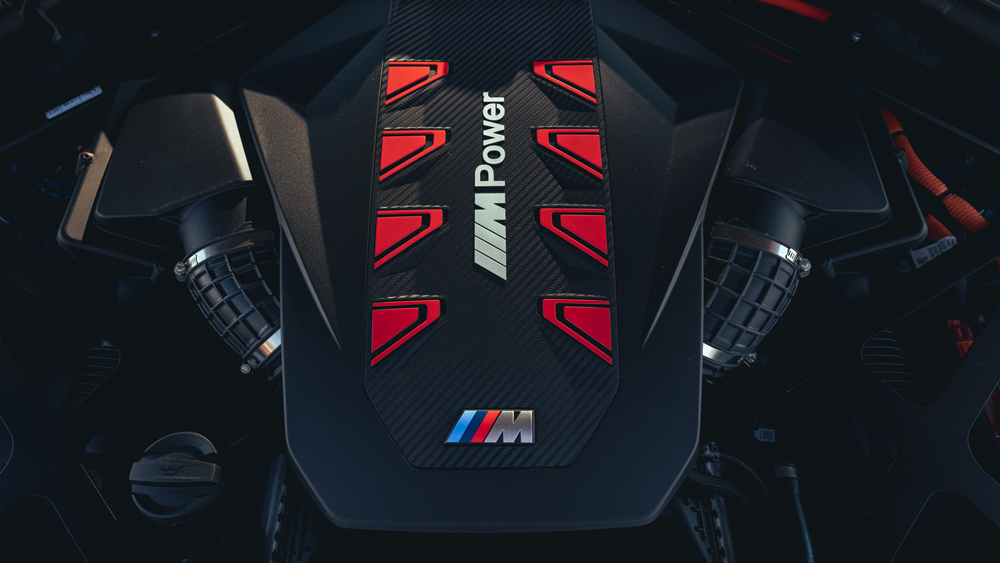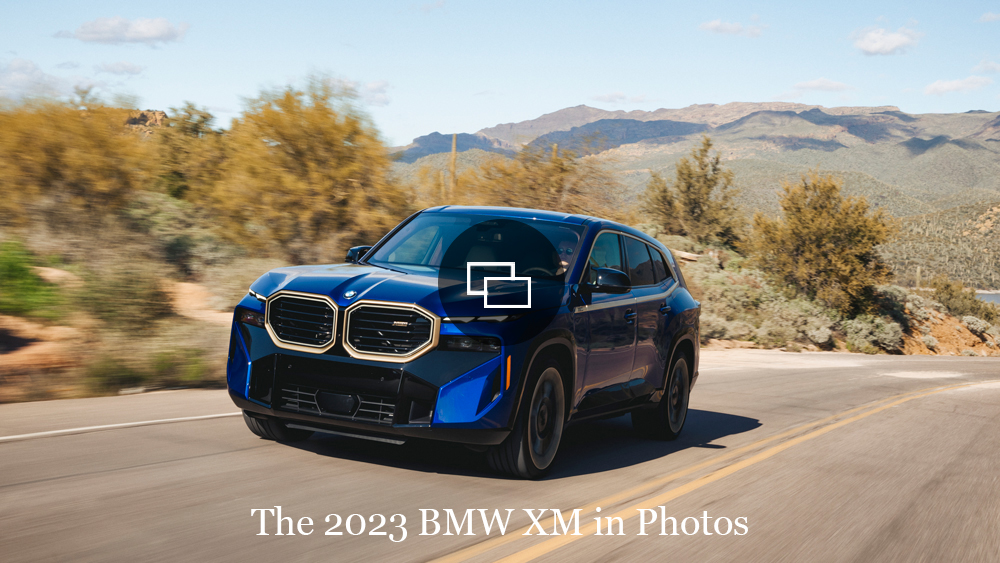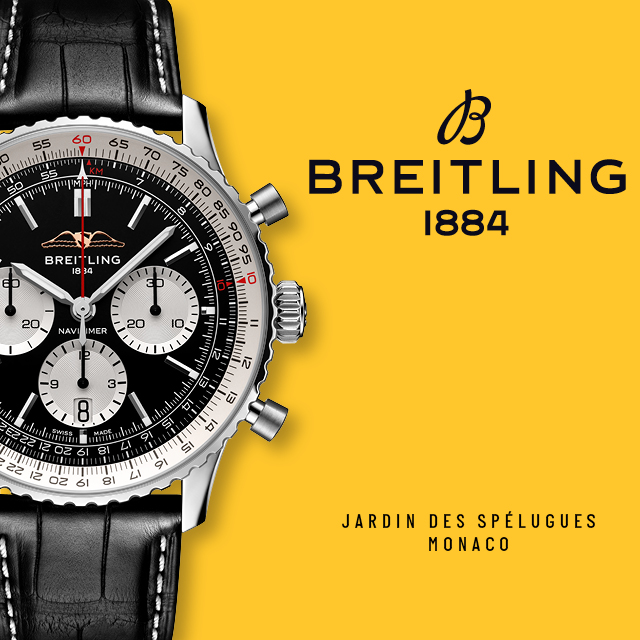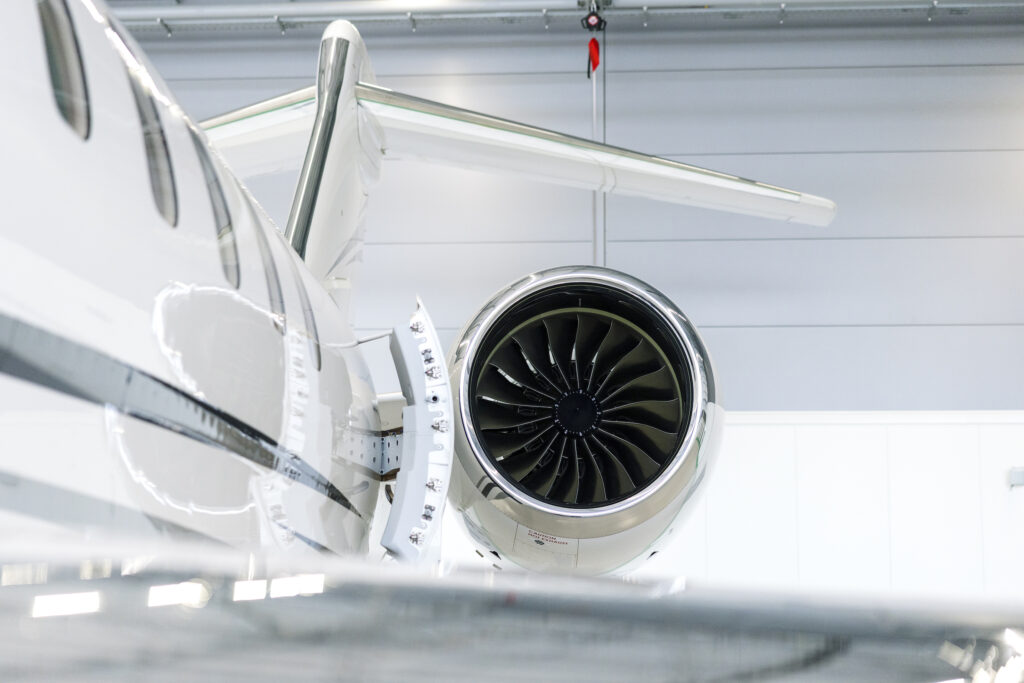
When BMW established its motorsport division back in 1972, the small group was initially tasked with developing its race cars as well as low-volume, high-performance road cars, like the 3.0 CSL, in order to satisfy series’ homologation rules. The team’s role within the company expanded over the following years, and in 1978, BMW debuted the M1. A bona fide supercar, the mid-engined, tube-chassis wedge was not only the company’s first M-badged offering, it was also the only BMW road car to ever be developed exclusively by the M division. Until now, that is.
Like the M1, the XM represents a high-water mark for the brand. But in the age of electrification, the focus has shifted away from outright dynamic capability. Don’t get us wrong, XM’s total peak output is 644 hp and 590 ft lbs of torque, so performance is still a priority. Yet with an official sprint to 60 mph in 4.1 seconds and a top speed of 168 mph, the all-wheel-drive XM isn’t as quick or as fast as BMW’s own X6 M. And with a footprint similar to an X7 and a curb weight of over three tons, there’s little doubt that the XM would be dusted by an M4 CSL at the track or on a technical road.

Instead, the XM earns its flagship status by way of bold styling and a raft of sophisticated technologies, both of which allow it to hit above its weight class. And as the M division’s first electrified effort, this PHEV also serves as a harbinger of things to come.
To deliver the sizable amount of thrust on tap, the XM is outfitted with a twin-turbocharged 4.4-liter V-8 that produces 483 hp and 479 ft lbs of torque, as well as a single electric motor that’s sandwiched between the engine and the eight-speed automatic transmission. The electric motor can produce as much as 194 hp and 207 ft lbs of torque on its own, and its 29.5 kwh lithium-ion battery pack offers roughly 30 miles of all-electric range at speeds of up to 87 mph. Although it takes about three hours to completely replenish the battery from flat to a full state of charge—due to its maximum charging rate of 7.4 kw— energy is also fed back into the battery during mixed power-train use thanks to the system’s recuperation efforts, so having to wait that long should be a relatively rare occurrence.

Aided by a torque-vectoring rear differential as well as rear-wheel steering and an active electromechanical anti-roll system (the latter of which can improve ride quality or curtail body motions as needed), the XM proved to be a surprisingly willing dance partner on the winding mountain roads we discovered just outside of Prescott, Ariz. The XM’s steering feel and communication are also among the best we’ve seen from BMW in recent years, and combined with the unflappable stopping power provided by the six-piston calipers and massive 20-inch rotors installed up front, it equates to a big SUV that performs like a proper M product when hustled.

Around town, this rolling showcase of technology illustrates both its merits and its shortcomings. The iDrive 8 infotainment system and BMW’s luxurious Curved Display screen setup, for example, are standard equipment here. While the system looks great and offers a wealth of features and customization options, BMW’s decision to get rid of physical buttons and knobs for basic tasks like fan speed and seat heaters was a recurring annoyance during our time with the XM, especially in situations where we needed to make an adjustment while on the move.

The hybrid system, meanwhile, provides the XM something of a split personality, and the space-age whir of the Hans Zimmer–composed EV soundtrack adds a nice touch to the proceedings. We appreciated the fact that the XM is capable of maintaining a fairly brisk pace without waking up the V-8 engine; it feels like most everyday tasks could be dispatched without any internal combustion involved. But we also noticed that, in situations when we needed more shove, the transition between purely electric propulsion and the V-8 part of the power-train often resulted in a brief loss of acceleration during the change-over, and that quirk started to erode our confidence during tightly-timed maneuvers.

The XM’s virtues ultimately shine brightest on fast, curvy roads and open stretches of highway. Throttle response is stunningly immediate when everything is primed and ready, and thanks to well-tuned adaptive dampers and the aforementioned active anti-roll system, the ride quality is superb in spite of the standard 23-inch wheels and the slim sidewalls of Pirelli P Zero summer tires that they wear. These grand-touring stints also allowed us to soak in the XM’s lavishly appointed interior, which features no shortage of Alcantara, carbon fiber, and diamond-stitched leather. Although the overall interior design is far more conventional than the XM’s bodywork, features like the LED-framed sculptural headliner and the 1,500-watt Bowers & Wilkins Diamond surround-sound system are constant reminders that you’re piloting something special.

And if that doesn’t do the trick, all you need to do is step out and take a glance at the sheet metal. A raucous mixture of sharp angles and exaggerated proportions, the look is what Dirk Häcker, the M division’s development head, describes as “extroverted,” but we’d call it ostentatious by design. Look beyond the visual furor, though, and tasteful details like the laser-etched roundels on the rear glass—a subtle homage to the M1—begin to emerge.
Like the M1, the XM was never intended to be subtle. It was made to push boundaries. While the aesthetics make that obvious, it’s the technology underneath the flash that gives the model a real sense of substance. And that, in turn, provides a path forward for the M cars we’ll see down the road.
Click here for more photos of the 2023 BMW XM.








